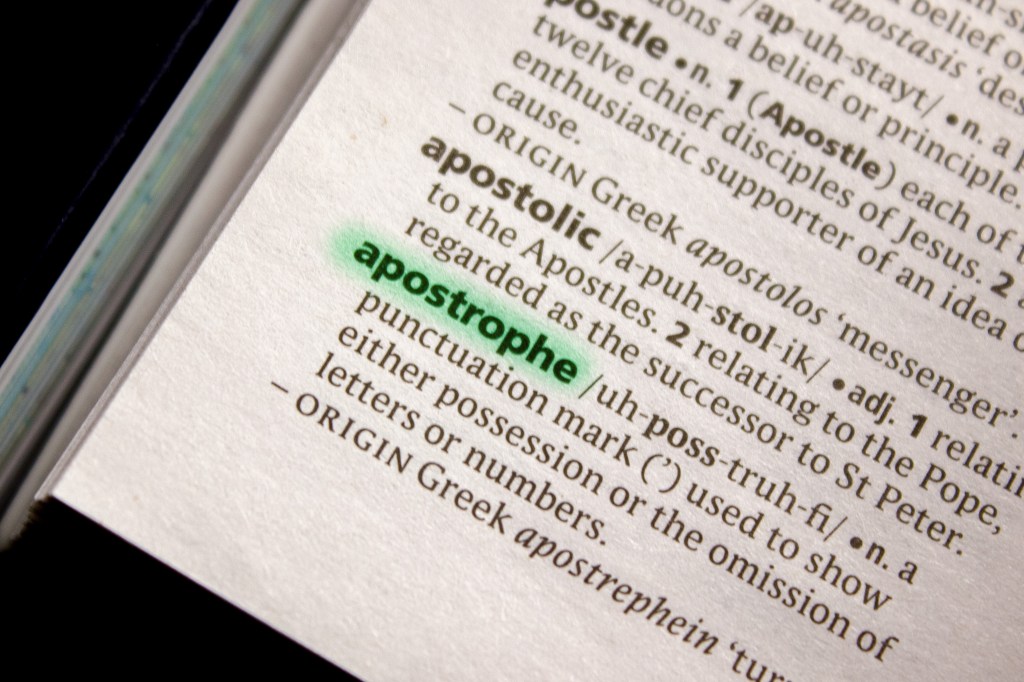
One of the things I see in my editing is that many authors are unsure as to how to show the possessive of a proper noun ending in S. Here are some things to remember to clear up this confusion.
Tip 1: When you have a name that ends in an S, add an apostrophe to show belonging, but only if the apostrophe S is not pronounced.
The ball belongs to Sanders.
It’s Sanders’ ball.
NOT: It’s Sander’s ball. [the S is a part of the name and cannot be separated to add the comma]
Tip 2: If you would pronounce the S to show the possessive, you must add an apostrophe S at the end of the name.
The ball belongs to Cyrus.
It’s Cyrus’s ball.
Tip 3: If a family name ends in S and you want to show the possessive for the whole family, add es’ to the end of the name.
The ball belongs to the Sanderses. [the whole of the Sanders family]
It’s the Sanderses’ ball.
Tip 4: Limit the apostrophes to one per name (or word).
It’s Cyrus’s ball.
NOT: It’s Cyrus’s’ ball.
Keeping these tips in mind as you write is sure to help you avoid these mistakes in the future. It has been said that, on average, it takes about a month to build a habit, so the more you practice applying these tips, the quicker these rules will become second nature.
If you are still unsure of whether you are using apostrophes to show the possessive form of proper nouns, be sure to use a grammar-checker like the ones built into Microsoft Word or Google Docs or an AI grammar-checker like Grammarly to help you with this.
